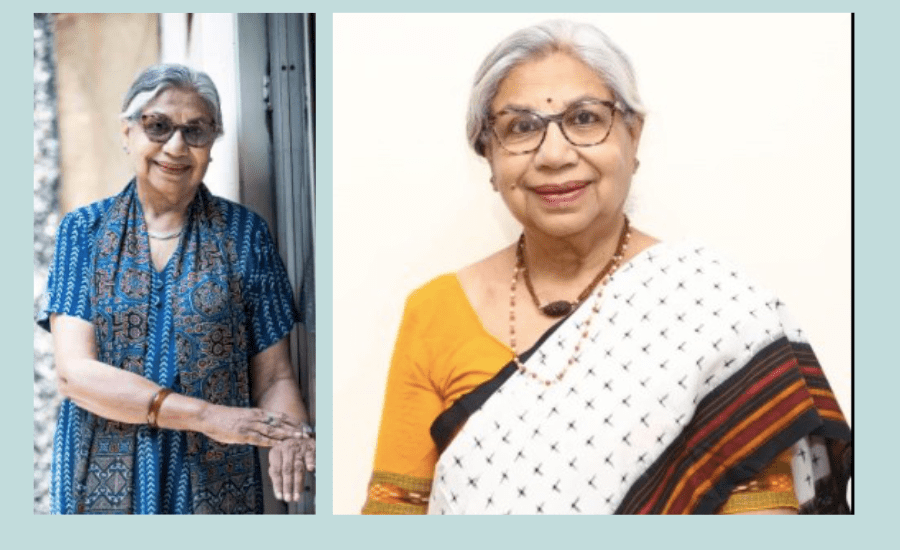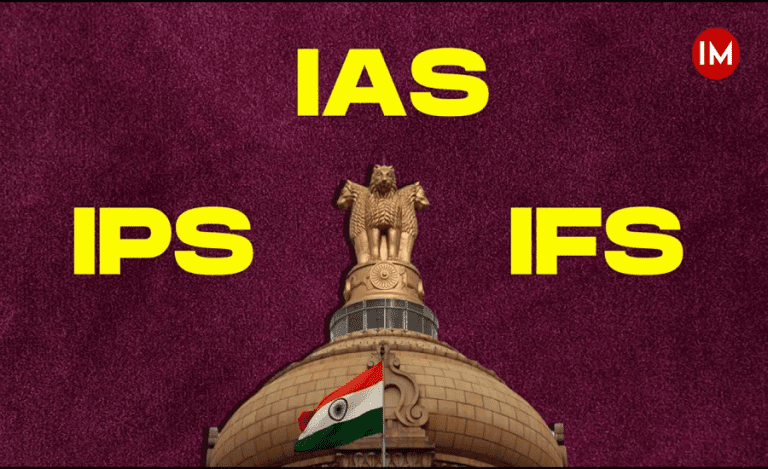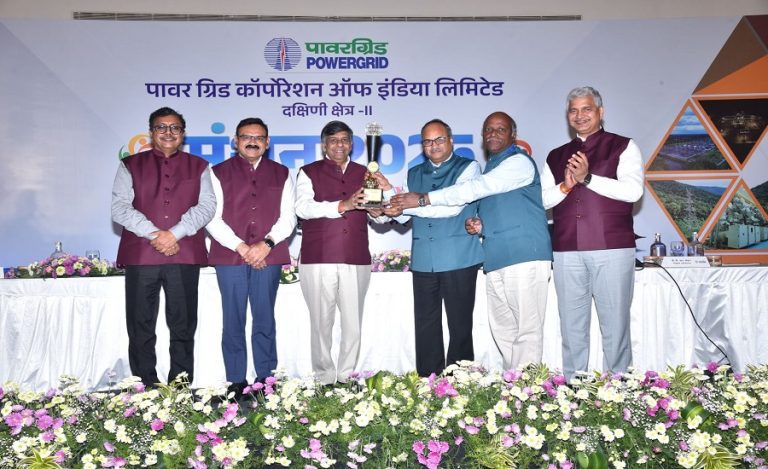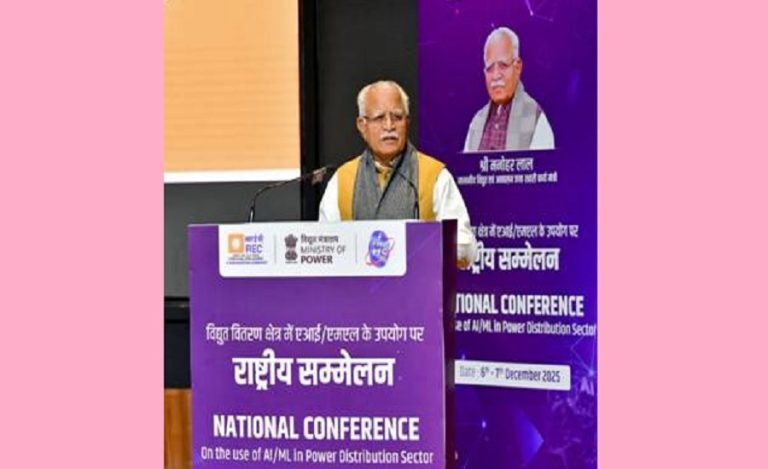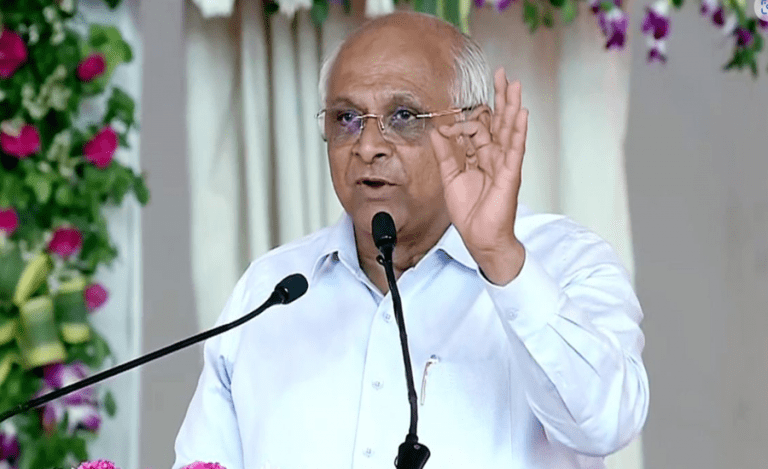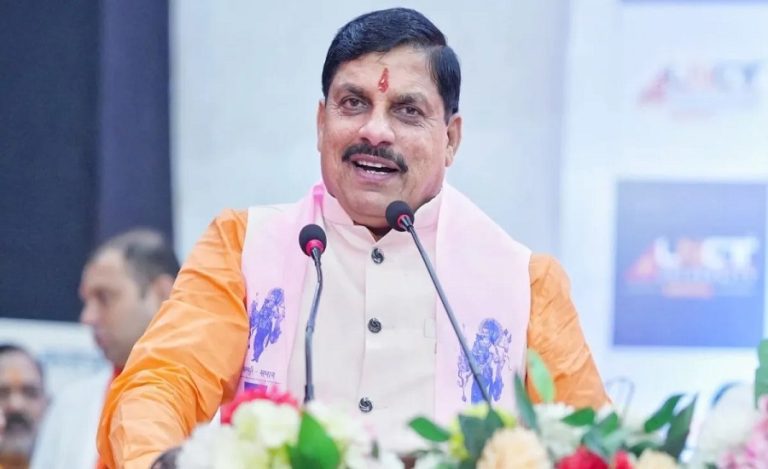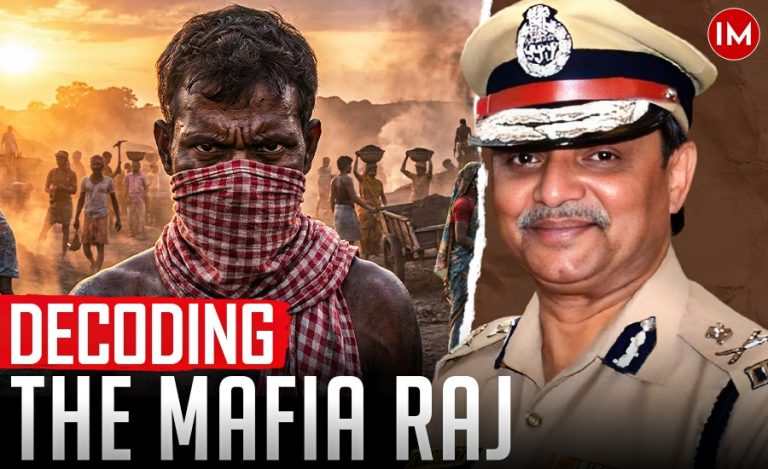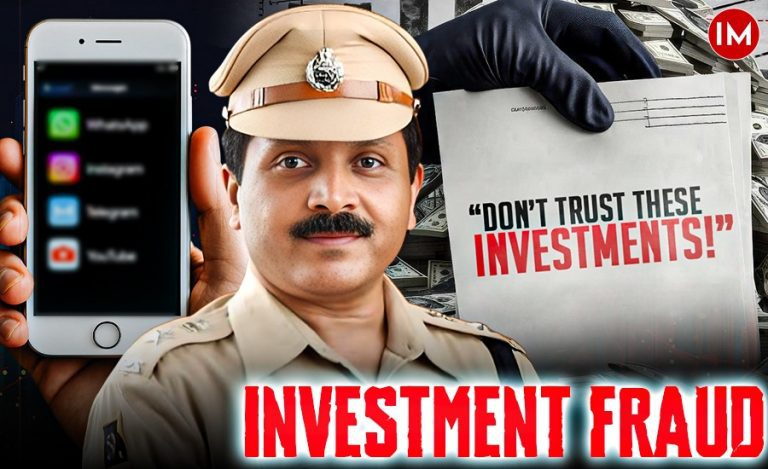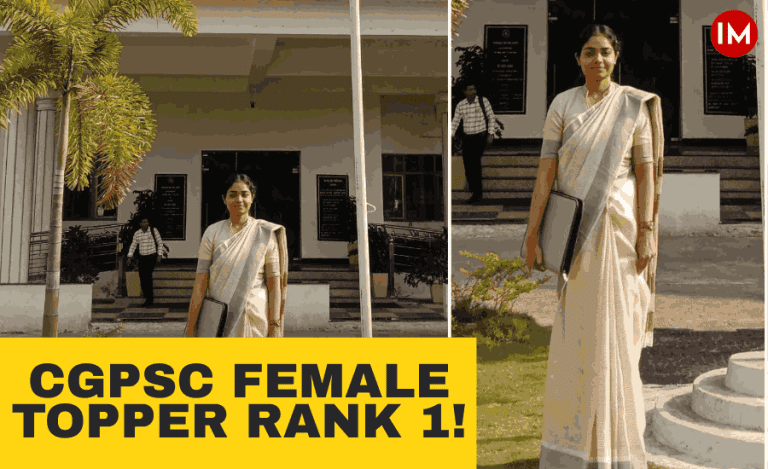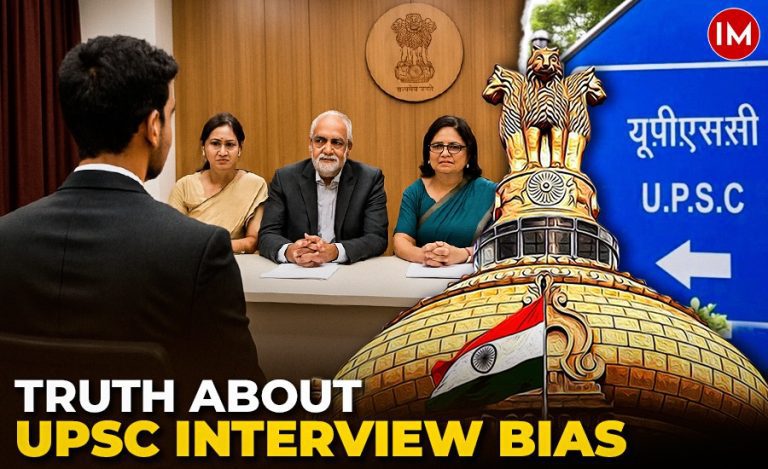New Delhi: 80-year-old retired IAS officer Shailaja Chandra has stepped into a growing social media debate comparing the simplicity of life in the 1970s to the high-paced, digitally driven lifestyle of 2025.
1966 batch IAS officer Chandra thoughtful response challenges nostalgia-driven assumptions and highlights the vast improvements in quality of life, convenience, and personal freedom that today’s middle class enjoys.
A Post That Sparked a National Conversation
The conversation began when businessman Himanshu Kalra posted a viral piece on LinkedIn lamenting the mental and financial pressures of modern life. “In 1970, you’re set for life,” he wrote. “In 2025, you start with debt, get outdated in two years, keep upskilling… and both partners work just to afford to raise a single child.”
Read Also: Shailaja Chandra’s 2.5-Year Fight to Hold Polluters Accountable on the Yamuna
Kalra’s post resonated widely, especially among urban professionals who feel overwhelmed by inflation, fast-changing job demands, and the competitive pressures of modern parenting. But Chandra, with her decades of personal and professional experience, offered a more nuanced perspective.
“The 1970s Were Linear but Very Limiting”
Taking to X (formerly Twitter), Chandra shared insights from her own life in the 1970s. “The 1970s were linear but very limiting,” she wrote. “The middle class was stretched between living as joint families or confronting the pressure of making ends meet. One was constantly watching the expenses.”
She detailed how travel, vacations, and dining out were luxuries few could afford. Owning property or travelling abroad was out of reach for most, and the constraints of single-income households often meant living with extended families in modest settings.
“In 2025, Life Offers Comfort, Choice and Freedom”
In contrast, Chandra celebrated the freedoms that today’s middle class enjoys. She noted that dual-income households, access to global travel, and the rise of digital convenience have dramatically improved day-to-day life.
“Today, the middle class either owns or rents nicely located property. Eating out, paying children’s school fees, and enrolling them in extracurriculars is affordable for many,” she pointed out.
She also emphasized how technology has removed the drudgery of daily tasks, citing online shopping, digital bill payments, and ease of mobility. Fitness, wellness, and career development have become accessible due to urban infrastructure and widespread upskilling opportunities.
As an 80+ year old, I want to weigh into this 70's versus 2025 debate on work life then and now. Here's my take:
— Shailaja Chandra (@over2shailaja) June 24, 2025
The 1970s were linear but very limiting. The middle class was stretched between living as joint families or confronting the pressure of making ends meet. One was…
A Gentle Reminder to the Young
Ending her post with warmth and authority, Chandra addressed the younger generation directly:
“Please think before you start arguing with me. Nanis and Dadis do have eyes, ears and a brain!”
Her comment was widely praised for its balance – acknowledging the real pressures of 2025 while also urging appreciation for the vast progress made over the decades.
Reactions: A Mixed Bag
Kalra’s original post and Chandra’s response together triggered an intergenerational dialogue. Some readers continued to argue that today’s youth face unprecedented mental stress, rising costs of living, and unstable job markets. Others echoed Chandra’s optimism, emphasizing broader opportunities, personal autonomy, and technological empowerment as major upsides of modern life.
As the debate continues, Chandra’s voice has added a much-needed layer of depth, rooted in experience, to a conversation that touches nearly every Indian household.
Read Also: How Shailaja Chandra Turned Her Brother’s Challenge into UPSC Success

